Dwarf willow in garden design, varieties, cultivation, care
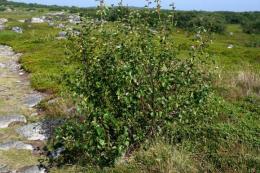
Willow, like poplar, is not exactly a garden plant.
For a small or medium-sized plot, as a rule, one tall specimen is enough. Willows grow very quickly, some varieties easily overcome a height of 10 meters in a few years, because of this they sometimes require intensive pruning.
Does not have these shortcomings dwarf willow, therefore its varieties are more readily used when arranging a garden.
Content:
- Dwarf willow, general description and varieties
- Dwarf willows: propagation, planting and care
Dwarf willow, general description and varieties
Dwarf willow species include varieties that grow either in the highlands or in the polar regions; they are usually called arcto-montane or arcto-mountain willows.
All of them belong to deciduous plants, although some of them do not have time to shed their leaves and the first snow covers the bushes covered with foliage.
Under natural conditions, dwarf willow can be found in the subpolar and polar regions of both Europe and America, tundra and forest-tundra are the usual habitats for most dwarf willows. In mountainous conditions they grow at an altitude of more than 3000 m above sea level.
It is from the arctic-mountain varieties of dwarf willows that decorative varieties with peculiar crowns, creeping or raised shoots are selected and formed.
Dwarf and creeping willows are attractive in the design of various garden compositions and architectural forms, such as rock gardens, rock gardens, alpine slides, and vertical walls.
Poor and stony soil in rocky forms is perfectly retained by the root system of dwarf willows.
Willow reticulum
One of the most decorative and attractive is the reticulated willow. Low shoots, up to 30 cm, covered with beautiful, slightly wrinkled leaves.
The leaf blade is green, leathery, shiny on a red petiole. The earrings are located on long, up to 2.5 cm, bare legs. By the end of the flowering period, male catkins reach 2 cm, female catkins - 3 cm.
In rock gardens, reticulated willow feels good in a fairly moist and well-lit place; it prefers alkaline soils, but will also grow in acidic soils.
It takes root so well that it is enough to place a branch on moist soil and it will sprout roots. In addition, netted willow is resistant to diseases and pests.
creeping willow
Creeping shrubs with ascending shoots from 10 cm to 40 cm in height. They are not at all demanding on the soil, they grow well in both dry and heavily moist places.
The leaves at the bottom of the shoot are ovate, at the top they are more elongated, oval with narrow stipules. The leaf blades are slightly folded, shiny green on the upper side, bluish on the lower side. Attractive with fairly long flowering.
Arctic willow
A creeping shrub, individual shoots can reach a height of one meter. Young shoots have yellow, green or brown bark.
The bases of the leaves are widened, the apices are narrowed, rounded. The leaf blade is light green on top and bluish below.Very decorative during the flowering period, the earrings are long, both male and female, up to three cm in length.
The stamens are yellow-purple in color and become dark towards the end of flowering. Resistant to diseases and not afraid pests, unpretentious.
Video about dwarf willows:
In addition to the listed dwarf willows, the following species can be recommended for growing in gardens:
- Nakamura willow
- gray willow
- willow pyrenees
- willow cuneifolia
- beautiful willow
- hairy willow
Currently, breeding work is underway and many more decorative varieties have been obtained from the original forms, differing in shape, foliage color and other external characteristics.
In planting, propagation and cultivation, arctomontane willows have much in common.
Dwarf willows: propagation, planting and care
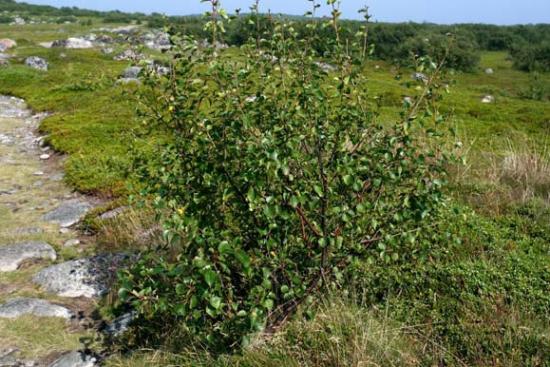
Dwarf forms of willow trees are propagated both by cuttings and by obtaining a separate seedling from root shoot. You can root the prepared cuttings either in a container with water or in wet sand.
After about 8 - 10 days, roots appear on the cuttings and can be planted in the ground. Semi-lignified or green shoots are best suited for taking cuttings.
You can also pin a creeping shoot to the ground, which, after forming independent roots, needs to be separated from the mother plant and transplanted to a new place. Young willows can be planted both in spring and before winter.
If there is a lack of adult bushes, the seed propagation method is also suitable. It is better to sow seeds immediately after they ripen. The main conditions for germination are a temperature of + 26 +28 degrees.
Dwarf forms are completely undemanding in terms of soil composition, but to maintain their decorative properties they should still be fed several times a season with complex mineral fertilizers.
In dry, hot summers it is necessary good watering at least once every three days. Otherwise, dwarf willows are completely unpretentious; they can withstand frosts down to -40 degrees, so they do not need shelter for the winter. They grow in both acidic and alkaline soils.
Currently, not only foreign, but also Russian breeders are working hard to obtain new varieties, so dwarf willows have a great popular future in landscape design, which they deserve for their unpretentiousness and original appearance.
Interesting information about the vegetable garden

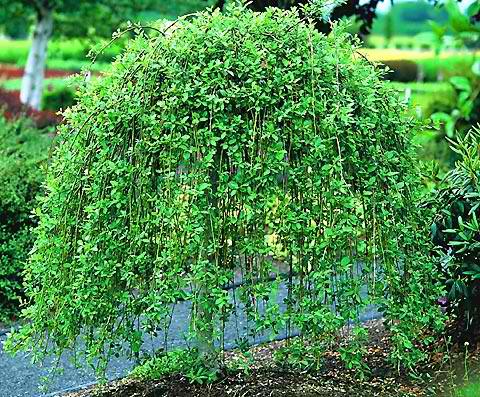
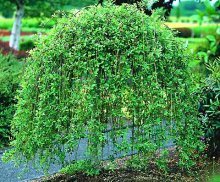
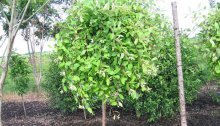
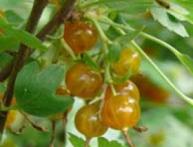
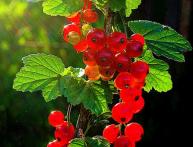
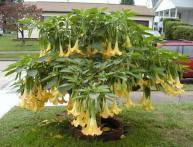
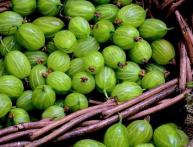

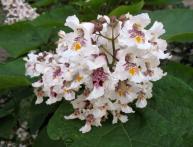
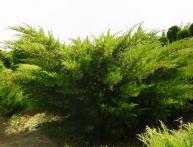

Comments
Beautiful plants. My friend has a willow growing, it’s kind of curly. An unusual looking tree. Suitable for an unusual design, but it confuses me, they say you can’t plant a willow tree near your house.